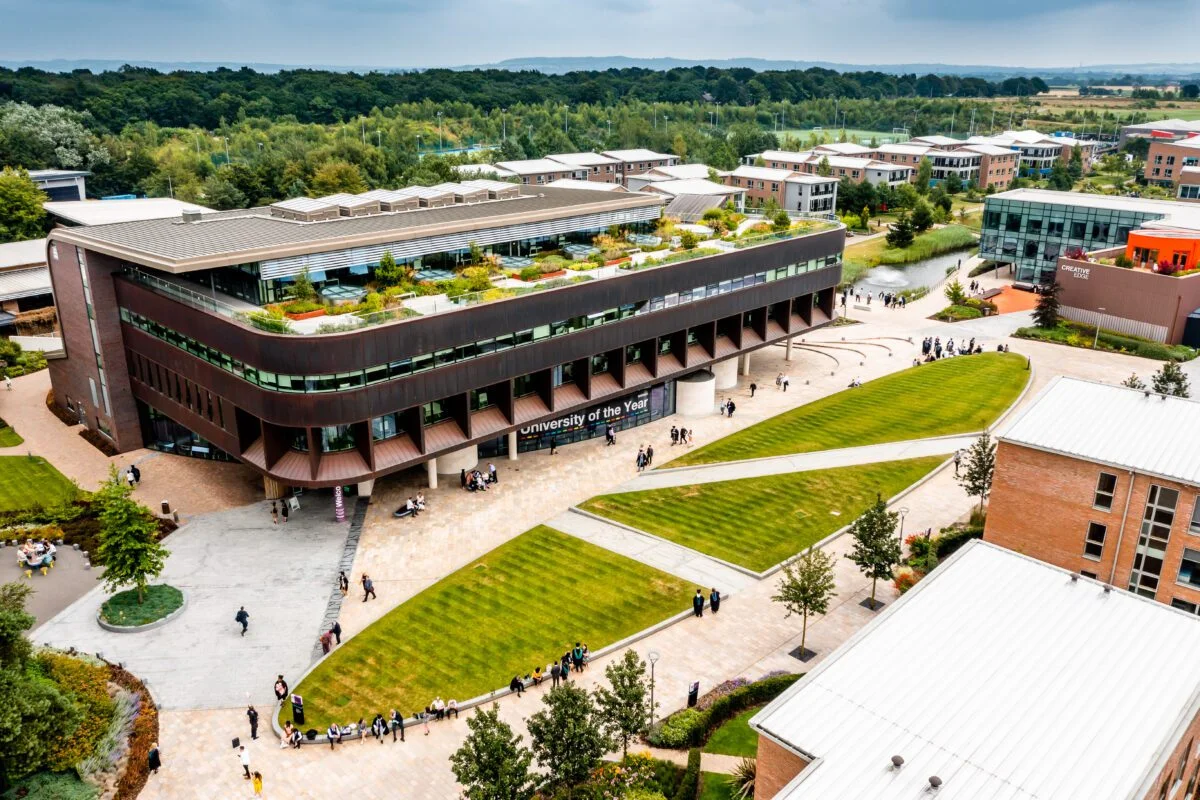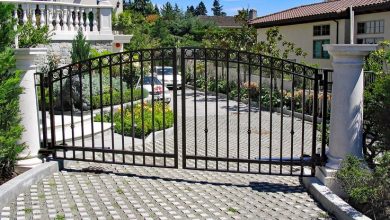University Hill in Boulder, Colorado, is not only renowned for its vibrant community and lively atmosphere but also for its rich history and distinctive architecture. Nestled adjacent to the University of Colorado Boulder campus, University Hill boasts a blend of historic landmarks, charming buildings, and architectural styles that reflect its evolution over the decades. This article delves into the captivating historic landmarks and architectural treasures that define the unique character of University Hill, highlighting their significance, cultural value, and contributions to the neighborhood’s identity.
Macky Auditorium: A Cultural Icon
One of University Hill’s most iconic landmarks is Macky Auditorium, a historic performing arts venue located on the CU Boulder campus. Built in 1923 and named after Andrew Macky, a prominent Boulder businessman and philanthropist, Macky Auditorium showcases stunning Neo-Gothic architecture characterized by its intricate stonework, soaring arches, and majestic towers. The auditorium serves as a cultural hub for the Boulder community, hosting a diverse array of concerts, theatrical productions, dance performances, and academic events throughout the year.
Macky Auditorium’s grandeur and historical significance make it a cherished landmark on University Hill and a testament to the university’s commitment to the arts, education, and community engagement. Visitors can explore its rich history, attend world-class performances, and admire its architectural splendor, which continues to captivate audiences and inspire generations of artists and scholars.
Old Main: Preserving Heritage
Old Main, located at the heart of the CU Boulder campus near University Hill, stands as a symbol of the university’s enduring legacy and commitment to academic excellence. Constructed in 1876, Old Main is the oldest building on campus and exemplifies Victorian-era architecture with its red brick façade, intricate detailing, and iconic clock tower. The building originally housed classrooms, administrative offices, and the university library, playing a pivotal role in the early development of CU Boulder and the surrounding community.
Today, Old Main continues to serve as a focal point for campus tours, historical exhibitions, and academic ceremonies, preserving its historic charm and cultural significance for future generations. The building’s rich architectural heritage and storied past underscore its importance as a landmark on University Hill and a symbol of the university’s enduring commitment to education, innovation, and community service.
Chautauqua Park: Natural Beauty and History
Chautauqua Park, located near University Hill, is a historic landmark that combines natural beauty with cultural significance. Established in 1898 as part of the Chautauqua Movement, the park originally served as a cultural and educational retreat featuring lectures, performances, and recreational activities. Today, Chautauqua Park remains a beloved destination for outdoor enthusiasts, offering scenic hiking trails, picnic areas, and breathtaking views of the Flatirons rock formations.
The park’s historic Auditorium, Dining Hall, and Cottages showcase rustic Arts and Crafts architecture, characterized by their wooden construction, exposed beams, and simple yet elegant design. These historic structures host community events, summer concerts, and cultural programs that celebrate Chautauqua Park’s legacy as a cultural and natural treasure on University Hill. Visitors can immerse themselves in its tranquil surroundings, explore its architectural heritage, and experience the timeless beauty that defines this historic landmark.
The Hill: Architectural Diversity and Community Charm
The Hill, a bustling commercial district adjacent to University Hill, boasts a diverse array of architectural styles that reflect its evolution as a vibrant urban neighborhood. Victorian-era homes with ornate details and wrap-around porches stand alongside mid-century modern buildings, brick storefronts, and contemporary developments. This architectural diversity contributes to The Hill’s unique charm and eclectic atmosphere, creating a dynamic environment where history meets modernity.
Stroll along The Hill’s bustling streets, and you’ll discover historic buildings housing local businesses, restaurants, and shops that cater to residents, students, and visitors alike. The neighborhood’s blend of old and new architecture enhances its cultural appeal and provides a glimpse into its past while supporting a thriving community of entrepreneurs, artists, and innovators.
Hellems Arts and Sciences Building: Academic Excellence
The Hellems Arts and Sciences Building, located on the CU Boulder campus near University Hill, is an architectural gem that embodies the university’s commitment to academic excellence and innovation. Designed in the Collegiate Gothic style and completed in 1918, Hellems Hall features intricate stone carvings, pointed arches, and a picturesque courtyard that create a collegiate atmosphere conducive to learning and intellectual exploration.
Home to various academic departments and classrooms, Hellems Hall serves as a hub for interdisciplinary studies, research initiatives, and cultural events that enrich the academic experience at CU Boulder. Its historic architecture and central location near University Hill make it a prominent landmark that symbolizes the university’s dedication to fostering intellectual curiosity, creativity, and community engagement among students, faculty, and scholars.
Boulder County Courthouse: Civic Pride and Architectural Grandeur
The Boulder County Courthouse, located in downtown Boulder near University Hill, is a notable architectural landmark that reflects the city’s civic pride and historical significance. Built in 1933 in the Art Deco style, the courthouse features geometric motifs, ornate metalwork, and a striking clock tower that punctuates Boulder’s skyline. The building’s elegant design and monumental scale symbolize justice, democracy, and civic responsibility, serving as a beacon of governance and public service for the Boulder community.
Visitors to the Boulder County Courthouse can admire its architectural grandeur, explore its historic courtrooms and offices, and learn about the courthouse’s role in shaping Boulder’s legal and civic history. The building’s blend of Art Deco elegance and civic symbolism underscores its importance as a cultural and architectural landmark near University Hill, embodying the city’s commitment to preserving its heritage and promoting civic engagement.
Conclusion
University Hill’s historic landmarks and architectural treasures provide a window into the neighborhood’s past, celebrate its cultural diversity, and inspire future generations with their timeless beauty and significance. From the grandeur of Macky Auditorium and the historic charm of Old Main to the natural beauty of Chautauqua Park and the architectural diversity of The Hill, these landmarks enrich the cultural fabric of University Hill and contribute to its vibrant community life. By preserving heritage, promoting architectural diversity, and fostering a sense of civic pride, University Hill ensures that its historic landmarks continue to serve as sources of inspiration, education, and community engagement for years to come. Explore University Hill’s historic landmarks and architectural wonders, and immerse yourself in the rich history, cultural heritage, and architectural splendor that define this dynamic neighborhood in Boulder, Colorado.





